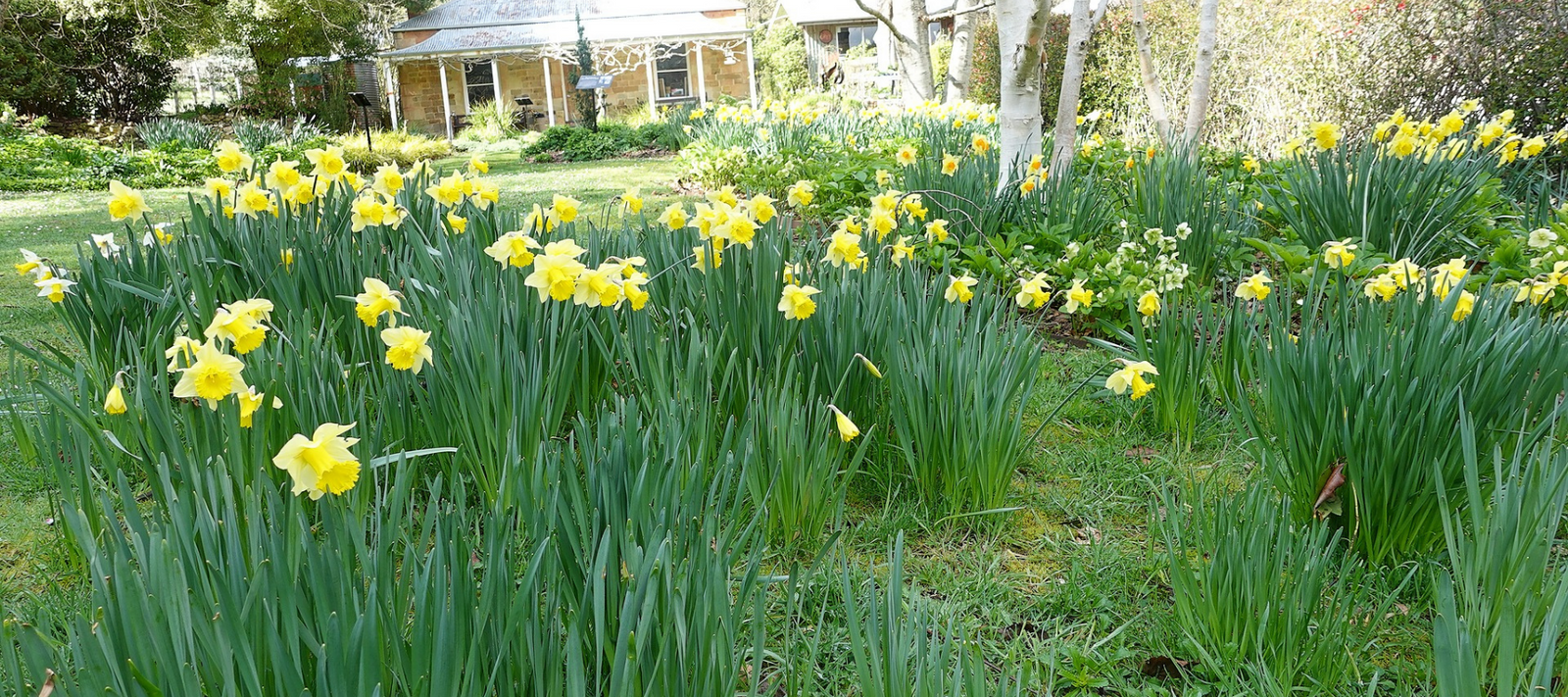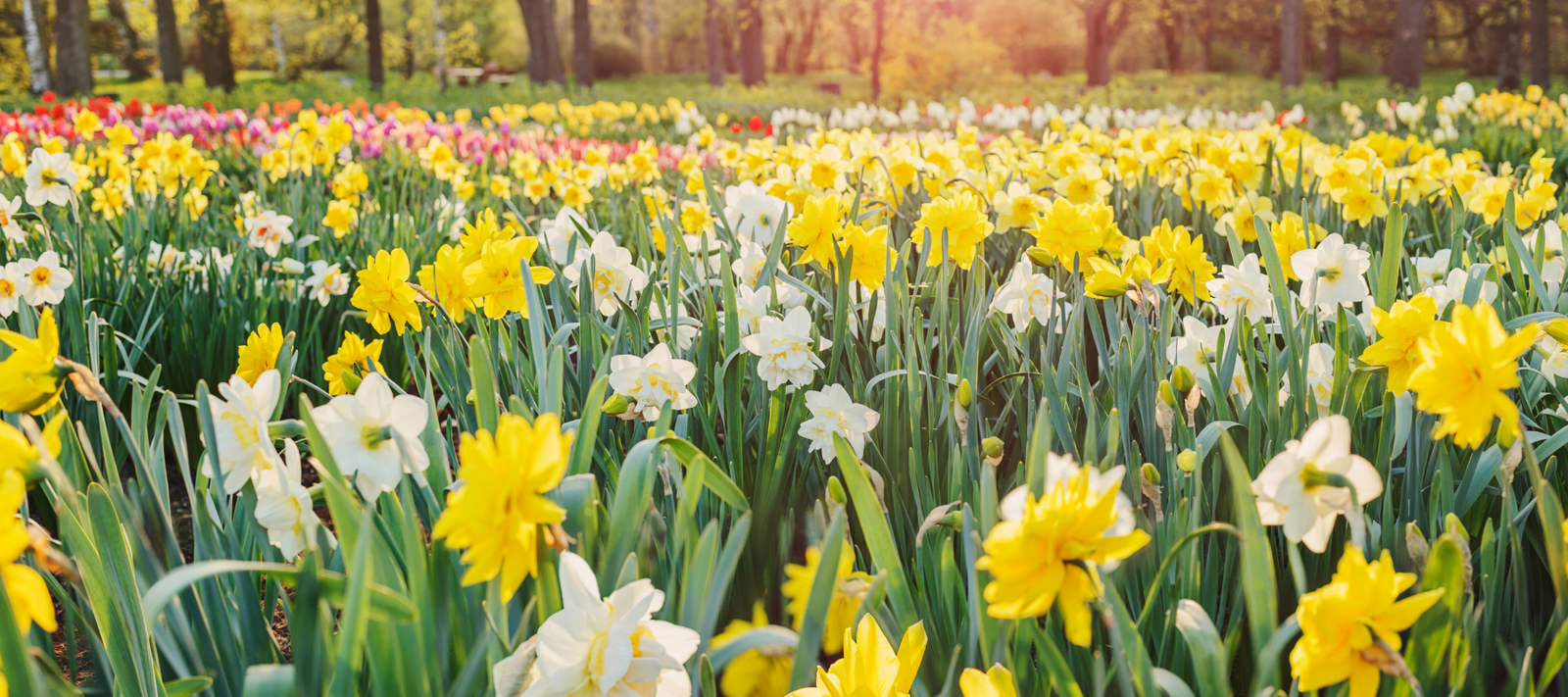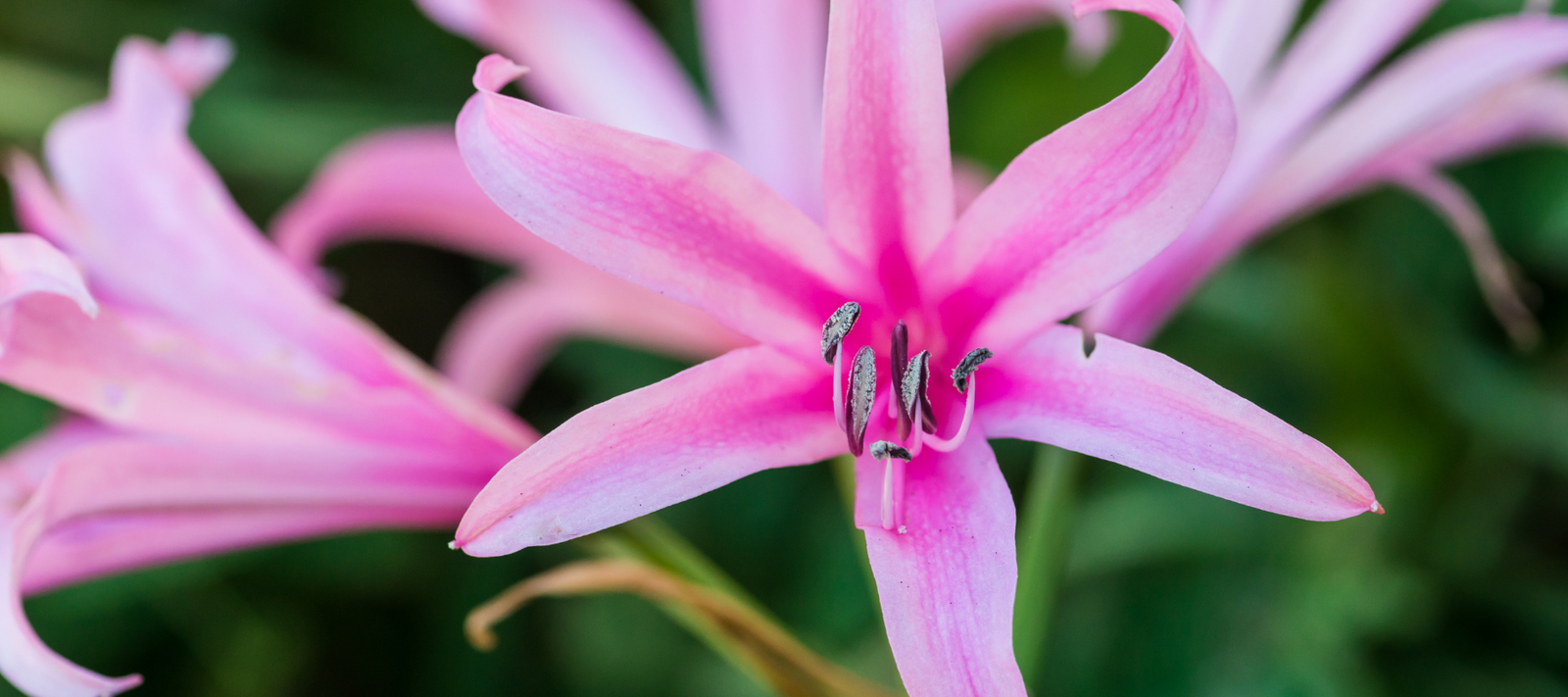
Julian Blackhirst answers our readers' questions on planting and lifting bulbs.
Megan G — What bulbs can be left for a few years without separating? I'm quite low on a good storage place for them and in the ground would be safest.
Most bulbs can be left for years without separating, after all there was no-one to lift them from the ground in the wild. Tulips require cold winter to display well, therefore some gardeners who have warm winters dig them and put them in the fridge for a month or so.
Dianne C — I have heavy clay soil, very dry summers and have planted about 1000 different bulbs that were spectacular this year. I have fed with dynamic lifter, dead headed and are still waiting till their leaves die off to tidy them up. Do I have to dig any up e.g. tulips, daffies, johnnies or ranunculus? Have I done the right thing so far? Should they all flower again next year as some are in part shade?
If you have cold winters you need not dig up your bulbs every year. In a few years time if they become crowded they could be lifted and divided but otherwise can be left to come up and flower every year. You have done all the right things so far. An autumn dressing of potassium based fertiliser like wood ash or sulphate of potash will help flowering next spring.
Sarah L — I love bulbs and after moving into a new house have the rare opportunity to plan a garden from scratch. The problem is we have very heavy clay soils. Which varieties grow well in less than ideal conditions?
Most bulbs are surprisingly tough and can survive in heavy clay soil. Daffodils, jonquils, bluebells, sparaxis and belladonnas all survive in our mining rubble soil at the Garden of St Erth. Drainage is important as bulbs can rot out in heavy soils if they remain waterlogged for too long. Applications of fertiliser will improve flowering.
Laura-Jane B — Why do I need to dig up my bulbs? And at what point after they have finished flowering should I do it?
If you have cold winters like most of southern Australia you need not dig up your bulbs every year. Wait until summer to lift bulbs if you do need to because the plants are fully dormant by then.
Nick N — I live in on the northern coast of NSW and our winters are not very cold. What bulbs can I grow in warmer climates?
Many bulbs require a chilling period over winter in order to re emerge from their dormancy. Those who live in hot climates with mild winters can lift their bulbs when they are dormant and store them in the fridge to provide the chilling time. There are some bulbs, mainly from the Mediterranean and South Africa, which naturalise in warmer climates and do not need to be lifted and chilled. Jonquils, Ixias, Tritonias, Scilla, Veltheimia, Moraea and Ipheion all grow in the warmer areas.
Steve H — Can I cut off the spent flower heads of my bulbs when they finish flowering?
Deadheading spent flower heads helps the plants put their energy back in to the bulbs for next years flowering rather than producing seeds. Be careful not to cut the foliage off or mow before it has died back though.
Kate S — I’d like to grow more bulbs but I don’t want to leave bare patches in the garden for the time that they are dormant. Can I grow bulbs underneath ground covers and amongst other permanent plantings? Which ones would be tough enough?
Spring flowering bulbs can be planted alongside ground covers or herbaceous perennials to extend seasonal interest in the garden and provide colourful flowers before other flowering plants begin to grow in spring.
Planting summer flowering bulbs such as liliums and alliums amongst summer perennials is a good combination. After the bulbs have flowered the emerging perennials cover their dying foliage and flower in the gaps left when the bulbs are dormant.
Crocus, Ixias, colchicum and sparaxis species do well amongst lower growing ground covers. Most bulbs are tough enough to grow in mixed plantings. Tulips do particularly well in cultivated flower gardens where the soil has been enriched for other plants – but they mustn't be watered in summer!
Katie R — How deep should I plant my bulbs?
The depth of planting varies according to bulb and soil type. As a general rule plant at a depth about 3 times the length of the bulb. In lighter, sandy soil or very dry areas bulbs should be planted a little deeper.
Tulips, daffodils and liliums should be planted about 10cm deep. Ranunculus, bearded iris and freesias need fairly shallow planting at about 5cms.




